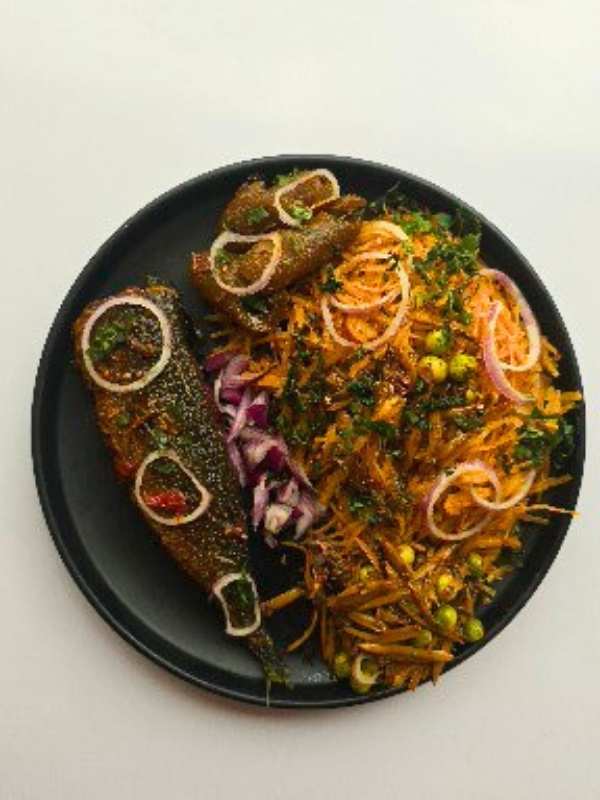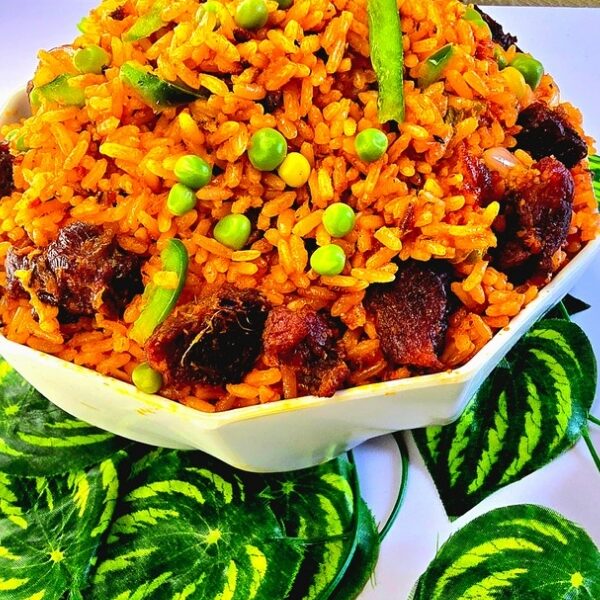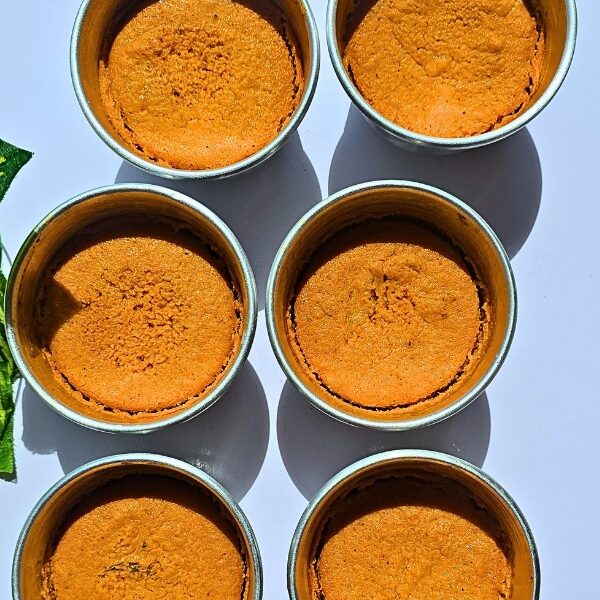This is an abacha recipe you won’t regret trying out.
Abacha, popularly known as African Salad, is one of the most cherished traditional delicacies from Eastern Nigeria, particularly among the Igbo people.
Abacha meal is a tasty, colorful, and satisfying dish made primarily from dried cassava flakes (abacha) and enriched with palm oil, vegetables, fish, spices, and condiments that give it its distinct flavor.
Growing up, abacha used to be one of the things I and my classmates always bought during break time. Honestly, I still miss those moments.
Now, if you’ve ever wondered how to prepare authentic abacha at home, you’re in the right place as this abacha recipe will guide you.
In this post, I’ll walk you through the step-by-step method of this abacha recipe using ingredients like utazi leaves, ahara seeds, ogiri, ukpaka, kpomo, ehuru, and more.
By the end of this guide, not only will you master this abacha recipe, but you’ll also appreciate the unique role each ingredient plays in giving this African salad its unforgettable taste.
Ingredients for Abacha Recipe
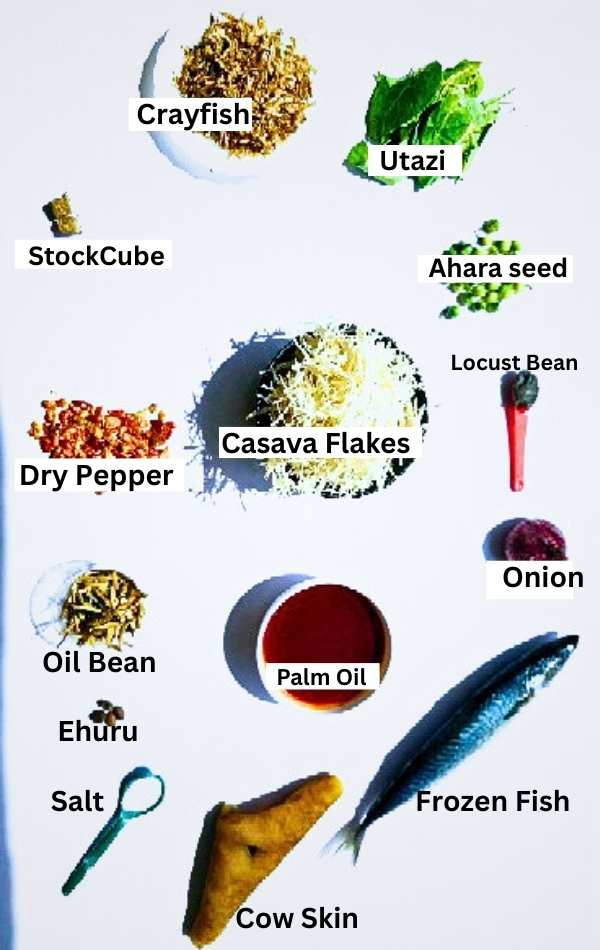
Here’s a detailed list of what you’ll need for the abacha recipe:
4 cups of Abacha (cassava flakes)
A handful of Utazi leaves (for garnishing, slightly bitter taste)
1 tablespoon of ahara seeds (garden eggs seeds) (
1/2 tablespoon of dry pepper (ground) –(to your spice level)
A medium bulb of onion – (sliced)
1 frozen fish (mackerel, stockfish, or Titus)
½ cup of ukpaka (oil bean seed)
Salt – to taste
2 stock-cube (to taste)
½ cup of palm oil – (thick red palm oil works best)
A medium size of kpomo (cow skin)
1 teaspoon of ogiri (fermented locust bean paste)
4 nuts of ehuru (calabash nutmeg) – (roasted and ground)
1/2 cup of crayfish – (ground)
Step-by-Step of Abacha Recipe
Start this abacha recipe by:
Step 1: Preparing the Abacha (Cassava Flakes)
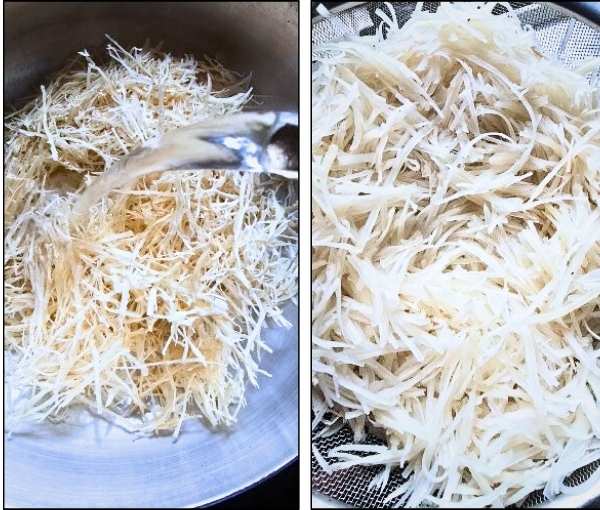
- First, put the dried abacha flakes in a bowl.
- Next, soak in cold or lukewarm water for about 10 minutes until it softens.
- After that, drain the water and set aside.
Tip: Never soak abacha in hot water, as it makes it too soft and mushy.
Step 2: Cooking the Fish and Kpomo
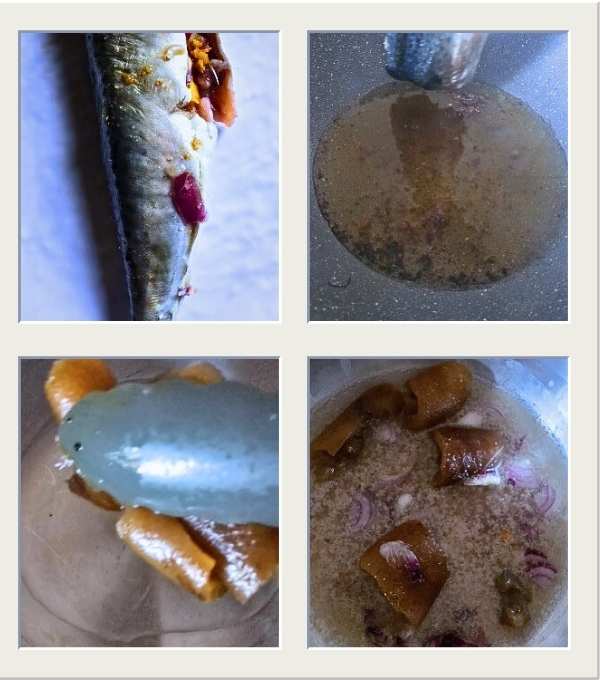
- Meanwhile, wash the frozen fish thoroughly and season lightly with salt, onions, and a pinch of pepper. Boil and fry or grill.
- At the same time, wash and boil the kpomo until soft. Dice into bite-size pieces and keep aside.
Step 3: Preparing the Palm Oil Base
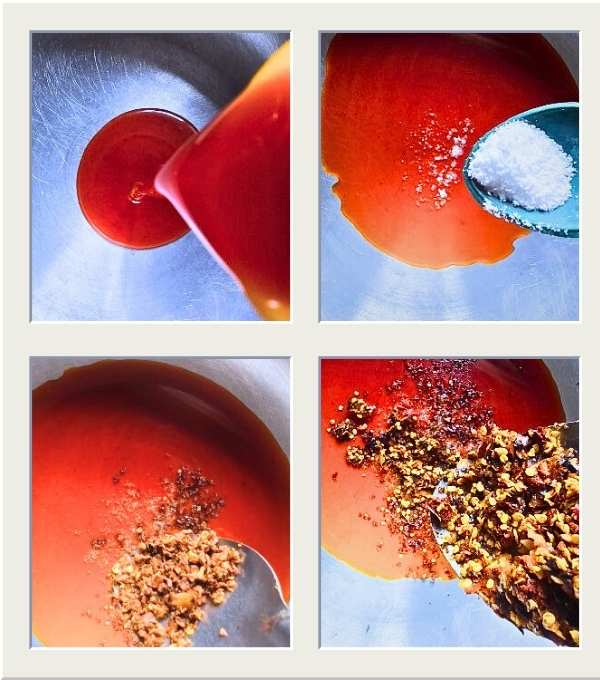
This is the heart of abacha preparation.
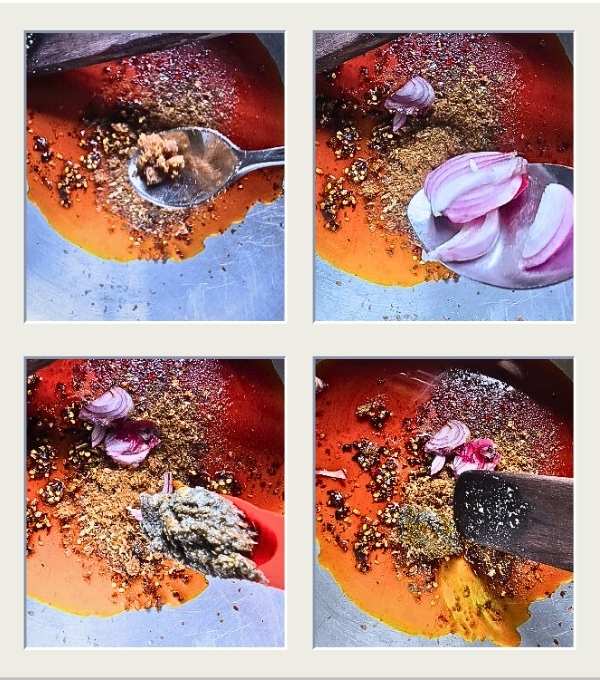
- To begin, pour in the palm oil into a clean pot or bowl.
- Next, add the ground ehuru (calabash nutmeg) and stir.
- Afterwards, mix the ogiri (locust beans paste) and mix until it dissolves into the oil.
- Finally, add salt, ground dry pepper, ground crayfish and sliced onions. Stir until the oil changes from red to a bright orange color.
This palm oil base gives abacha its signature taste and aroma.
1st step : Blending the abacha
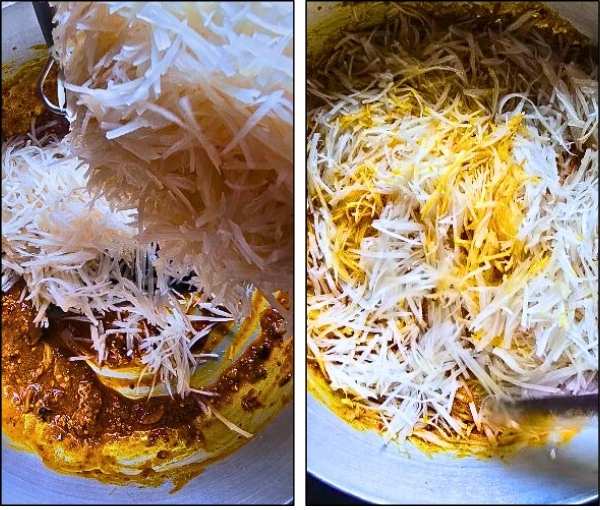
- Gradually add the softened abacha flakes into the palm oil base.
- Mix thoroughly until every strand of abacha is well coated.
2nd step : Adding the finishing touch on this abacha recipe
- Sprinkle in the ground ahara seeds for that nutty undertone.
- Add fresh utazi leaves (chopped into tiny strips). These provide a slightly bitter taste that balances the richness of palm oil.
- Taste and adjust with salt, pepper, or more onions if needed.
Step : Time to serve
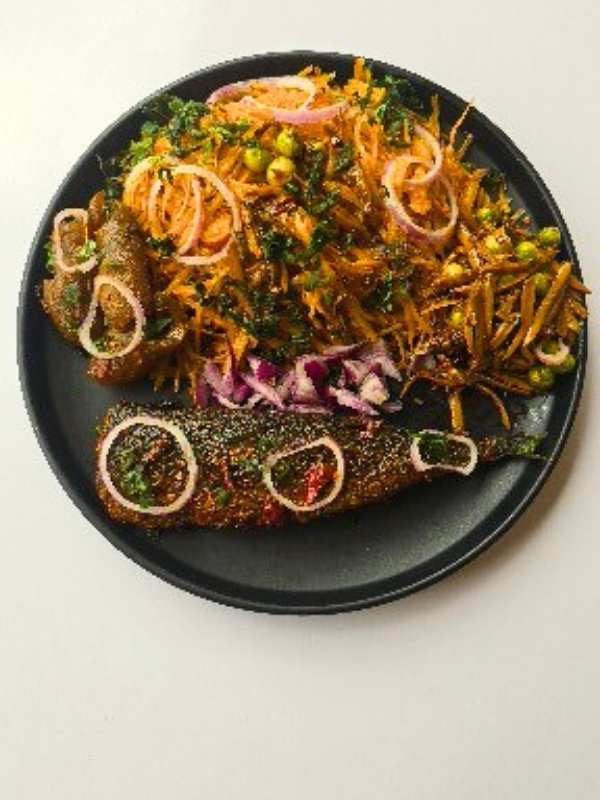
Abacha is best served fresh and slightly warm. It can be enjoyed on its own as a main dish or paired with chilled palm wine, kunu, zobo, or even a cold soft drink.
Tips for the Perfect Abacha Recipe
Palm Oil Quality: Always use fresh, thick, and pure red palm oil. The quality of your palm oil can make or break your abacha.
Ogiri Mastery: Ogiri has a strong aroma; don’t overuse it. A small amount adds depth, but too much can overpower the dish.
Utazi Balance: If you’re new to utazi, use sparingly. Its bitterness is an acquired taste.
Fish Variety: While mackerel or Titus fish is common, you can use stockfish or smoked fish for a richer traditional feel.
Add Protein: Some people enrich their abacha with meat, crayfish, or even boiled eggs for variety.
Nutritional Benefits of Abacha
Abacha is not just delicious—it’s also packed with nutrients when prepared with the right ingredients.
Cassava flakes (Abacha): Provides carbohydrates for energy.
Palm oil: Rich in vitamin A and healthy fats.
Ukpaka (oil bean): A good source of protein and fiber.
Fish: Packed with protein and omega-3 fatty acids.
Utazi: Known for aiding digestion and controlling blood sugar.
Ehuru and Ahara seeds: Contain antioxidants and digestive benefits.
This makes abacha a wholesome meal that balances taste with nutrition.
Common Questions About Abacha Recipe
- Can I refrigerate abacha?
Yes, but it tastes best fresh. If refrigerated, warm slightly before serving, but avoid overheating so it doesn’t dry out.
- Can I prepare abacha without ogiri?
Yes, but ogiri adds authentic flavor. If you skip it, consider adding crayfish or stockfish to compensate.
- What’s the difference between abacha and ugba?
Abacha refers to the cassava flakes, while ugba is the oil bean (ukpaka). They often go together in African salad, but they’re not the same.
- Can I make abacha without fish?
Absolutely. You can substitute with meat, crayfish, or boiled eggs depending on preference.
Why Abacha is More Than Just Food
Abacha is more than a meal—it’s a cultural identity. In Igbo land, it’s served at gatherings, weddings, festivals, and even as a quick afternoon snack. Its bright colors and rich flavors make it not just food, but a celebration of tradition.
Sharing a plate of abacha often means sharing love, laughter, and stories. That’s why this dish remains a household favorite, generation after generation.
Conclusion
Preparing abacha at home is simpler than most people think. With cassava flakes, palm oil, fish, and the right traditional condiments like ogiri, ukpaka, utazi, ahara seeds, and ehuru, you can recreate that authentic Eastern Nigerian taste right in your kitchen.
Whether you’re making it for family, friends, or just yourself, abacha never fails to bring joy and satisfaction. So next time you’re craving something delicious, traditional, and colorful, follow this step-by-step recipe and treat yourself to the unforgettable taste of African Salad.
You May Also Like:
